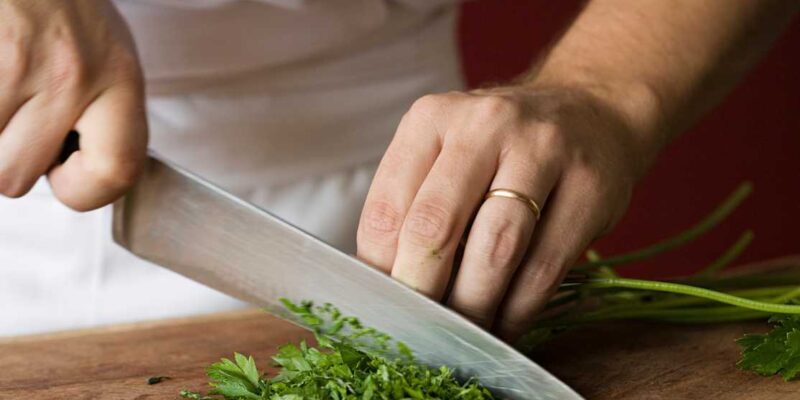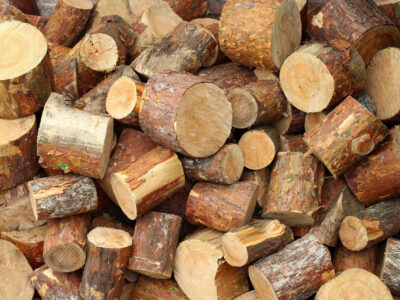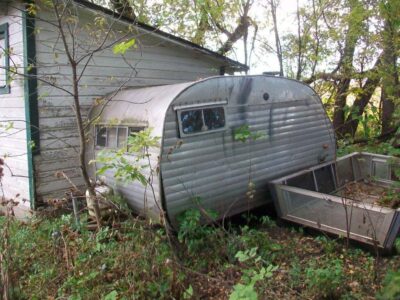
Keeping your kitchen knives sharp is essential for safe and efficient cooking. While professional sharpening services are available, you can easily sharpen your knives at home with the right tools and techniques. In this guide, we’ll walk you through best kitchen knives canada step-by-step to keep your knives in top condition and ready for any culinary challenge.
Tools You’ll Need:
- Whetstone (also known as sharpening stone)
- Honing rod (optional)
- Towel or cloth
- Knife lubricant (e.g., water or honing oil)
- Cutting board or towel (to protect your work surface)
Steps to Sharpen Your Knife:
- Prepare the Whetstone: Place the whetstone on a stable surface with the coarse side facing up. Secure the stone with a towel or cloth to prevent slipping.
- Wet the Stone: If you’re using a water stone, soak it in water for about 10-15 minutes before sharpening. If you’re using an oil stone, apply a few drops of honing oil to the stone’s surface.
- Hold the Knife Properly: Hold the knife firmly by the handle with your dominant hand. Place the blade against the stone at a 20-degree angle. You can use a guide to help maintain the correct angle.
- Start Sharpening: Push the blade across the stone in a sweeping motion, starting from the base of the blade and moving towards the tip. Use light pressure and maintain a consistent angle.
- Switch Sides: After several passes, flip the knife over and repeat the sharpening process on the other side of the blade. Continue alternating sides until you’ve sharpened the entire edge.
- Check for Burrs: Run your finger gently along the edge of the blade to feel for any burrs, which are small metal filings that indicate the blade is sharpening evenly. If you feel burrs, continue sharpening until they are gone.
- Hone the Edge (Optional): If you have a honing rod, you can refine the blade’s edge further. Hold the rod vertically and run the blade across it, maintaining a 20-degree angle.
- Clean the Knife: Wipe the blade with a damp cloth to remove any metal particles or debris.
- Test the Sharpness: Carefully test the sharpness of the blade by slicing through a piece of paper or a tomato. The knife should be cut smoothly and cleanly.
- Repeat if Necessary: If the knife is still not sharp enough, repeat the sharpening process, starting with the coarse side of the whetstone and finishing with the fine side.
- Finish with Fine Stone: Once you’re satisfied with the sharpness, repeat the process on a fine stone to polish the edge and remove any remaining burrs.
- Clean and Dry the Stone: After sharpening, clean the whetstone with water and a brush to remove any metal particles. Allow it to dry completely before storing.
- Store Your Knife Properly: To maintain the sharpness of your knife, store it in a knife block or on a magnetic strip, and avoid storing it loose in a drawer.
Common Knife Sharpening Mistakes to Avoid:
- Using the Wrong Angle: The angle at which you hold the knife against the stone is crucial. Too steep of an angle can dull the blade, while too shallow of an angle may not sharpen it effectively. Aim for a consistent 20-degree angle.
- Not Properly Preparing the Stone: Failing to soak a water stone or use honing oil on an oil stone can result in ineffective sharpening and damage to the stone.
- Applying Too Much Pressure: Using excessive force while sharpening can lead to uneven sharpening and unnecessary wear on the knife.
- Not Checking for Burrs: Neglecting to check for burrs along the edge of the blade can result in an uneven edge that is prone to dulling quickly.
- Skipping Grits: It’s essential to start with a coarse grit stone to establish a new edge and then progress to finer grit stones for a polished finish. Skipping grits can result in an edge that is either too rough or not sharp enough.
- Overlooking Maintenance: Regularly honing your knife with a honing rod can help maintain its edge between sharpening sessions. Failure to hone regularly can lead to a dull blade that requires more frequent sharpening.
- Using a Dull Knife: Attempting to sharpen a severely dull knife on a fine-grained stone can be ineffective. It’s best to start with a coarse grit stone to re-establish the edge before moving to finer grit stones.
Additional Tips for Knife Care:
- Avoiding Glass or Granite Cutting Boards: These hard surfaces quickly dull your knives. Opt for softer materials like wood or plastic.
- Hand Washing Your Knives: Avoid putting your knives in the dishwasher, as the heat and detergent can damage the blade and handle.
- Storing Your Knives Properly: Use a knife block, magnetic strip, or knife roll to store your knives safely and protect the blade.
- Regularly Inspect Your Knives: Check your knives for any signs of damage or wear. Replace or repair any knives that show signs of damage to maintain their performance.
Conclusion
Sharpening your knife in Canada is a simple process that can be done at home with the right tools and techniques. By following these steps, you can keep your knives sharp and ready for all your culinary adventures. With regular sharpening, you’ll ensure that your knives remain a valuable tool in your kitchen for years to come











